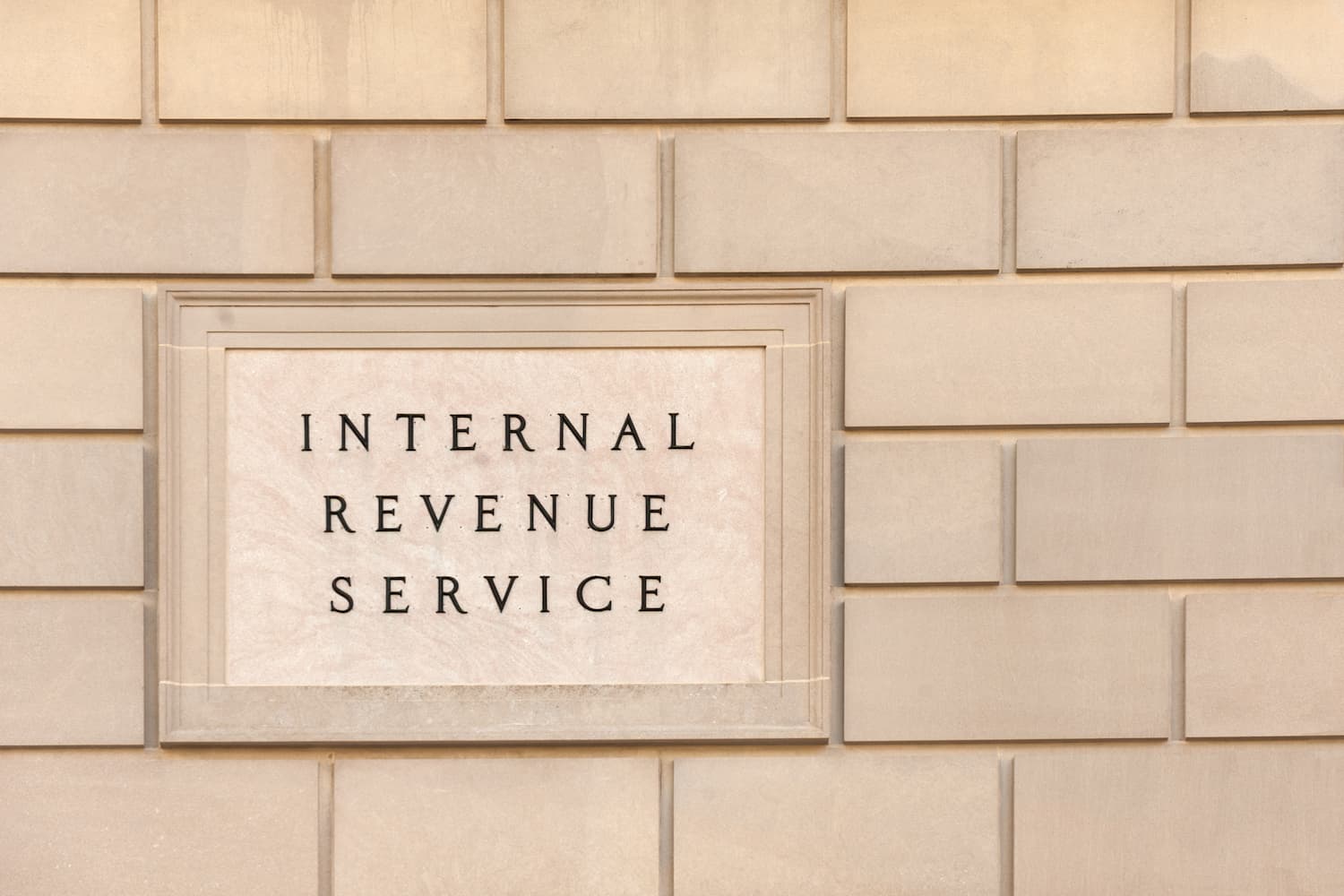
Written by
Germeen Tanas
Germeen is an aPHR-certified writer on the marketing team at BerniePortal. She writes about HR, healthcare, and benefits.
IRS Announces HSA and HDHP Limits for 2025

The IRS announced in May of 2024 the updated HSA contribution limits for 2025, which take effect in January 2025.
The increase is not as significant as the jump between 2023 and 2024's contribution limits, but it still creates opportunities for employers to reconsider their contribution amounts and grants HR the chance to remind employees to contribute as they plan for the enrollment process.
Read on to learn more about these updates and how you can use them to best prepare for your next open enrollment period.
Refresher: What Is an HSA?
A health savings account (HSA) is a personal bank account with significant tax advantages that an individual can use to pay for medical expenses, typically paired with high-deductible health insurance plans (HDHP). A wide variety of banking institutions around the country offer these types of accounts to individuals and families.
To properly utilize their benefits, people with HSAs need to be enrolled in a compatible HDHP. They can use the money from their HSAs for qualified medical expenses, which can be determined by reviewing the IRS’s frequently asked questions on what services or products may be eligible for HSA spending.
Many procedures and items may qualify as necessary medical expenses that people can use HSA funds on. For example, certain cosmetic procedures are HSA-eligible, as well as products like sunscreen or face wash. To see other HSA-eligible products, check out the HSA store.
HSAs differ from flexible spending accounts (FSAs) as an HSA balance can be rolled over year after year. They can be used indefinitely so long as the purchase is a qualified medical expense. This is typically desirable for younger, healthier individuals who don't utilize the sum of their yearly contributions by the time the term resets.
What Are the New HSA Contribution Limits?
The IRS announced increases to 2025 HSAs and HDHPs. The announcement was made on May 9, allowing plenty of time for employers to plan for the following open enrollment season.
|
2024 |
2025 |
|
|
HSA Contribution Limits Including Both Employer & Employee |
Individual: $4,150
Family: $8,300 |
Individual: $4,300 Family: $8,550 |
|
HSA Catch-Up Contributions for Ages 55 & Up |
$1,000 |
$1,000 (unchanged as of today) |
|
HDHP Maximum Out-Of-Pocket Amounts Including Deductibles, Co-Payments, and Other Amounts **Not Including Premiums |
Individual: $8,050 Family: $16,100 |
Individual: $8,300 Family: $16,600 |
|
HDHP Minimum Deductibles |
Individual: $1,600 Family: $3,200 |
Individual: $1,650 Family: $3,300 |
Employers may want to consider increasing employer contributions, as it is a desirable benefit that can lead to a stronger culture and increased retention.
How Are New HSA Contribution Limits Determined?
HSA's contribution limits are typically adjusted for inflation each year and then rounded up or down to the nearest $50. The adjustment is based on the Consumer Price Index for All Urban Consumers.
These HSA rates are typically released earlier than other employee benefit rates. This is because employers need to get state approval for all of their insurance offerings. The earlier release allows many employers to begin planning for the upcoming open enrollment period in advance.
It is an excellent idea for organizations to use this information to create a plan and get a head start on the new benefits enrollment period. Employers can best prepare by including new and adjusted limits in all open enrollment literature and materials being utilized.
Important Contribution Considerations
Beyond the limit increases for 2025, there are a few other points of note:
-
If a married couple's family coverage is HSA-eligible, they share a single contribution limit of $8,550 for the 2025 year. Conversely, if two spouses each have self-only coverage, they will be allowed to contribute $4,300 to their respective accounts.
-
If spouses aged 55 or over wish to each contribute the extra $1,000 catch-up contribution, they must have two separate HSA accounts listed under different names. The IRS has not released updates to the catch-up contribution yet.
-
If one spouse is under the age of 55 while the other spouse is 55 or older, the younger spouse can contribute the total family contribution amount. Still, the older spouse must open a new account under a different name to make the extra $1,000 catch-up contribution.
-
Unless it is withdrawn prior to the tax deadline, all excess contributions will be subjected to an excise penalty amount of 6%.
Additional Resources
You can also stay informed, educated, and up-to-date with IRS updates and other important topics by using BerniePortal’s comprehensive resources:
-
BerniePortal Blog—a one-stop-shop for HR industry news
-
HR Glossary—featuring the most common HR terms, acronyms, and compliance
-
HR Guides—essential pillars, covering an extensive list of comprehensive HR topics
-
BernieU—free online HR courses, approved for SHRM and HRCI recertification credit
-
HR Party of One—our popular YouTube series and podcast, covering emerging HR trends and enduring HR topics

Written by
Germeen Tanas
Germeen is an aPHR-certified writer on the marketing team at BerniePortal. She writes about HR, healthcare, and benefits.
Related Posts
Part-time work is becoming increasingly common in today’s workforce—especially for...
As you know, healthcare and benefits can be complicated, which can make the enrollment...
With the deadline for filing and distributing 1095-C forms approaching, staying...
A strong paid time off (PTO) policy helps retain current talent and attract prospective...







Submit a Comment